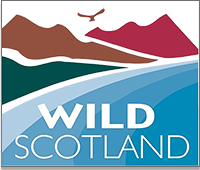Background
Adults of the Greylag Goose present a series of brown and grey patches across the top of the body, with more faint colouration below. Both the head and neck are a dark brown. The beak displays geographical variation with eastern populations having a pink beak, and western populations an orange.
Habitat
These geese have an extremely large native range from Britain to eastern Asia, however throughout Europe their distribution is very patchy. Populations have also been introduced into parts of Australia, and are now classed as a resident species. Greylag Geese can be found across moorland, farmland and Arctic tundra.
Diet
A typical grazing goose, the Greylag eats grasses, cereal grains and seeds.
Predators & Threats
Large birds such as golden eagles, ravens, and hawks are the most dangerous species for both adults and this species’ eggs. Foxes such as the Arctic and the Red primarily feed on the eggs, however in some cases can be found consuming adults.
Facts
- The Greylag Goose is the largest of the Grey Geese.
- Males stay with the family group, which is quite unusual for waterfowl species.
| Common Name(s) | Scientific Name |
| Greylag Goose | Anser anser |
| Size | |
| 80 cm | |
| Lifespan | |
| 12 years. | |
Best Time to Look
October - March


